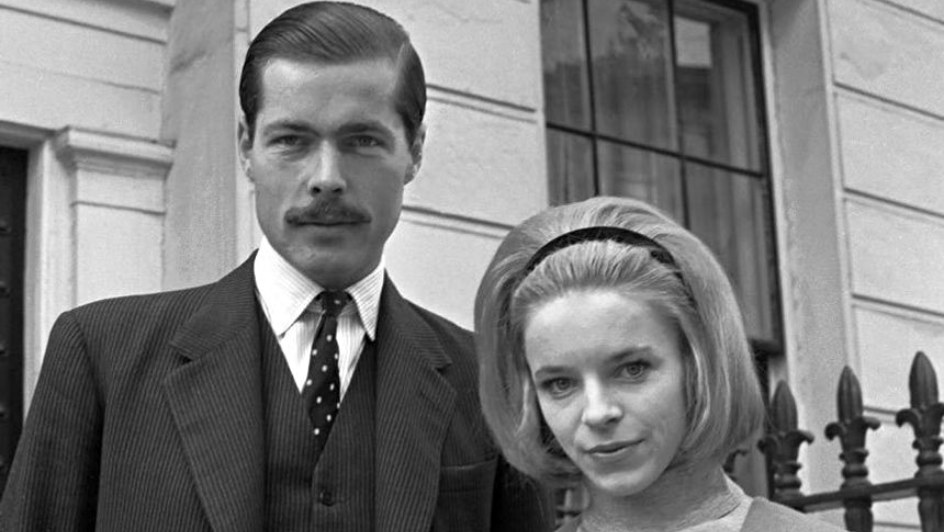#ThrowbackThursday – 7 November

It’s 7 November, and that means it’s time for another edition of Throwback Thursday! Today, we’re taking a look back at three prominent events that went down on this day in history:
1867 – Happy Birthday, Marie Curie!
Today marks the 157th birthday of Polish-French physicist, Marie Curie, who became the first woman to win a Nobel Prize for her pioneering work in the field of radioactivity and chemistry.
Born in Warsaw, Poland on 7 November 1867, Curie – born Maria Skłodowska – exhibited exceptional academic talent from a young age. She moved to Paris in 1891 to continue her education at the Sorbonne in Paris, France, where she earned degrees in physics and mathematics.
It was also where Skłodowska met Pierre Curie, a fellow physicist, and immediately there was chemistry between them. The two married in 1895, and Skłodowska adopted her husband’s surname.
On 20 April 1902, at their private laboratory in Paris – through further research into the elements – the Curies successfully isolated radioactive radium salts from pitchblende. This is considered “pure radium” and doesn’t occur naturally.
For her work, Marie became the first woman in the world to win a Nobel Prize in Physics the following year, which she shared with Pierre, as well as with French scientist Antoine Henri Becquerel.
Curie went on to earn a second Nobel Prize in Chemistry in 1911 for her discovery of the elements radium and polonium, making her the first person ever to win Nobel Prizes in two different scientific fields.
After a lifetime of dedicating herself to scientific innovation, Curie passed away at the age of 66 on 4 July 1934 from aplastic anaemia, a condition linked to her years of work with radioactive materials. Her legacy, however, lives on, not only through her scientific contributions, but also through the enduring spirit of curiosity and discovery she embodied.
1974 – The Strange Case of Lord Lucan
On the night of 7 November 1974, a woman escaped death at the hands of her husband, who would quickly be at the centre of one of the most notable missing persons mysteries of the 20th century.
John Bingham, known by his title Lord Lucan, was a British peer who was fond of gambling. He was married to Veronica, Lady Lucan, and the couple had three children together. However, their marriage was troubled, partly due to Lord Lucan’s gambling addiction and financial difficulties. Lady Lucan also reportedly endured physical and sexual abuse at the hands of her husband.
They separated in 1972. Lady Lucan and their children – over whom she had sole custody – stayed in their home in Belgravia, London, while Lord Lucan relocated several times to nearby residences in order to be near his offspring.
Late into the night of 7 November 1974, a man entered the Belgravia residence and murdered the children’s live-in nanny, Sandra Rivett, in the basement. He bludgeoned Rivett to death using a lead pipe. When Lady Lucan came to investigate the commotion, she was attacked by the assailant with the same pipe. She managed to hold her own against the man, whom she claimed to recognise as her husband, Lord Lucan.
The bloodied Lady Lucan narrowly escaped with her life, fleeing to a nearby pub where she called the police.
As for Lord Lucan, he disappeared soon after the assault on his wife and the murder of Rivett. It is known that he made several phone calls, including one to his mother, and wrote two letters to his sister-in-law’s husband. In one of these letters, he claimed that he had only intervened in a confrontation between an intruder and Lady Lucan that night.
Lord Lucan was last seen in the early hours of 9 November, driving his Ford Corsair towards Uckfield, East Sussex. The car was soon found abandoned near the coast of Newhaven: blood stains and a piece of pipe similar to the one used to kill Rivett was found inside.
Whatever happened to Lord Lucan remains a mystery. Some say he took his own life by jumping into the sea, while others say he fled to another country to begin a new life. More unsettling is the belief held by many that his death was aided by friends from the gambling world: legend has it that he took his own life with a pistol, and that his remains were later fed to a tiger owned by his eccentric friend, John Aspinall.
Lord Lucan was declared legally dead in 1999. To this day, we are still no closer to finding out what happened to him after that fateful night.
1982 – Seventh Time’s Not the Charm
Typically, after a marriage ends, people opt for one of two choices: embracing the perks of being single or giving marriage another shot.
English-American actress Elizabeth Taylor was one such person who took the second option … seven more times, in fact!
Throughout her life, Taylor was married eight times to seven men, with one of those marriages being twice to the same person. On 7 November 1982, the “Cleopatra” star ended her marriage to her then-husband of six years, US Senator John Warner.
The former couple had met in July 1976 at a fancy dinner at the US Embassy in Washington, D.C. Five months later, they tied the knot in Warner’s home state of Virginia. During their marriage, Warner was engrossed in his political career, while Taylor let her acting career wind down so that she could focus on supporting him. Unfortunately, it proved to be a “boring and lonely” time for her – as a result, her drinking and substance abuse worsened, and she began to put on weight.
Ultimately, the couple’s romantic love for each other disappeared.
“He knows he wasn’t the love of my life,” Taylor said in a 2002 interview with an American media outlet. “And I know I wasn’t the love of his life. But we loved each other. We got along wonderfully until he decided to be a politician. And then he married the Senate.”
The end of their marriage marked Taylor’s seventh divorce. She would go on to marry Larry Fortensky in 1991 (and divorce him, too).
Image Credit: Source





















